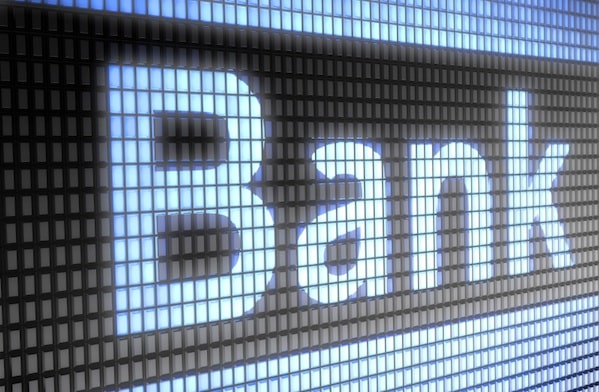We live in a digital age. You’d be hard-pressed to find a bank today in the U.S. that doesn’t allow account holders to log on and conduct at least basic transactions online. Indeed, banks are nudging customers to conduct more business online and go as paperless as possible, cutting costs while streamlining account management.
Millions of Americans already bank online; the lower the age, the higher the percentage. A 2011 survey reported that 61% of 18 to 29 year olds bank online, and 57% of Americans 55 and older say they prefer online banking to in-person banking. The numbers grow in leaps and bounds every year.
It stands to reason, then, that if a customer can conduct most or all of his banking transactions using a smart phone or computer along with standard tools of the trade such as debit cards and ATMs, a bank’s physical presence is an obsolete requirement.
Furthermore, some online banks offer distinct advantages over their traditional competitors.
EDITOR’S NOTE: The offers mentioned in this article have expired and are no longer available
1. Rates and fees
EDITOR’S NOTE: Rates and Fees mentioned in this article have expired and are no longer available
First and foremost, online banks offer interest rates that are exponentially higher than rates offered by traditional banks. For example, at Wells Fargo, a basic Ways 2 Save savings account earns a microscopic 0.01% and is subject to a $5 maintenance fee unless you maintain a minimum daily balance of $300. You can squeak out a little more – 0.03% – from their Money Market account, but it’s subject to a $10 monthly fee unless you maintain $3,500 in the account. The High Yield Savings nudges your earnings up to 0.05% but only if your balance is $25,000 or more. Wells Fargo savings rates can be as high as 0.10% if you meet certain requirements, such as linking multiple Wells Fargo products and setting up direct deposit and automatic transfers.
Similarly, Bank of America offers rates between 0.01% and 0.15%, all subject to minimum deposits, minimum daily balances and/or monthly maintenance fees.
By contrast, Ally Bank pays 0.87% – that’s 87 times more – on a basic savings account with no monthly maintenance fee or minimum balance. American Express pays 0.85%, also with no fees or minimums. If you dislike having to jump through hoops – like setting up transfers or direct deposits, or maintaining and linking multiple accounts and products – or you’re unable or unwilling to maintain a large balance to avoid fees, an online bank will be a much nicer experience.
2. Security
Back in the olden days (say around 1999, customers had concerns about the security of banking online and were less likely to trust the process than they are today. Security remains, of course, of paramount importance. Software and encryption technology are improved every year and online banking is very safe.
Even if you keep accounts at brick-and-mortar banks, your financial information is stored digitally and is just as vulnerable to – or safe from – hackers as it is at an online bank. No matter where you bank, it’s your responsibility to use common sense and basic prevention measures. Choose a bank that is FDIC-insured, and don’t conduct banking transactions on public internet connections (like coffee shop or library Wi-Fi) or public or shared computers.
3. Convenience
When you want to put money in, all banks allow mailed (check) deposits. For those who don’t want to bother with an envelope and stamp, most banks now offer electronic deposits. Using your smart phone or computer and scanner, you can deposit funds into your account by uploading photos of the front and back of the check. Whether making deposits during the day or outside of business hours, you never have to leave your home or office.
When it’s time to take money out, checks and debit cards work the same for online banks as they do for traditional ones. For cash withdrawals, you need only find out what ATMs the online bank gives you access to. Many also offer reimbursement of other banks’ ATM fees.
The downside to online banking
One main advantage that brick-and-mortar banks retain is the ability to accept cash deposits. You can’t mail cash, nor can you deposit it by taking a photo (obviously), so if you earn your money in cash or run a business that requires regular cash deposits, you might need to maintain a deposit account at a traditional bank.
The bottom line
Although some traditionalists say that a relationship with a bank is hard or impossible to cultivate digitally, I argue that for many consumers this relationship doesn’t really exist. I certainly had no advantage at my brick-and-mortar bank when it came time to seek a mortgage, and in fact got a better offer from another lender. The same is true for my car loan.
If you already conduct a large portion of your financial transactions online, you have little or nothing to lose in trying an online bank. And if you’re building a liquid emergency fund, there’s certainly no reason to take a lower interest rate on your money.




















